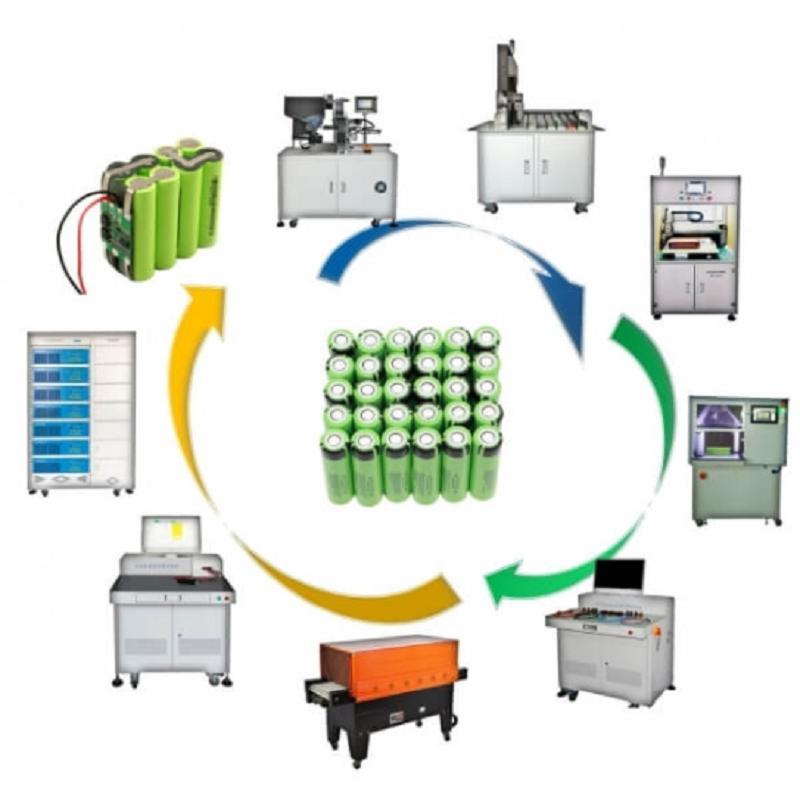Current Trends and Prices of Jute Rope in the Chinese Market for 2023
Understanding the Price Trends of China Jute Rope
Jute rope, a natural fiber rope made from the jute plant, has been a staple in various industries due to its sustainability and versatility. In recent years, the price of jute rope produced in China has garnered significant attention from manufacturers, suppliers, and consumers alike. This article delves into the factors influencing the price of jute rope in China, current trends, and future projections.
Factors Influencing Jute Rope Prices
Several factors contribute to the fluctuation in jute rope prices in China. One primary element is the supply and demand dynamics. Jute, being a natural product, is subject to seasonal variations in production. During the harvest season, the supply of raw jute fibers increases, which can lead to a decrease in prices. Conversely, during off-seasons or periods of low production, prices may rise due to limited supply.
Another significant factor is the cost of raw materials. The price of jute itself can vary based on several parameters, including weather conditions, agricultural practices, and international market trends. Furthermore, changes in the costs of labor and transportation in China can also impact the overall production costs of jute rope, subsequently influencing the market prices.
Additionally, global demand plays a crucial role in setting prices. As more companies and consumers gravitate towards eco-friendly and sustainable products, the demand for jute rope has increased. This rising demand can elevate prices, especially if production does not keep pace with market needs. Industries such as packaging, construction, and agriculture are significant consumers of jute rope, and shifts in these sectors can greatly affect pricing trends.
Current Market Trends
china jute rope price

As of late 2023, the jute rope market in China has experienced varied price movements. The increased focus on environmentally sustainable materials has led to a robust demand for jute products, driving prices higher. Manufacturers are now exploring innovative ways to incorporate jute into various applications, which has fueled consumer interest and subsequently lifted prices.
Moreover, geopolitical factors and trade relations within Asia and beyond can influence pricing. Import tariffs, trade agreements, and restrictions can have a direct impact on the availability and cost of jute fibers, thereby affecting the final price of jute rope.
Future Projections
Looking ahead, it is essential to consider both the opportunities and challenges for the jute rope industry in China. The ongoing shift towards sustainable products is likely to maintain strong demand for jute rope, particularly as consumer awareness regarding environmental issues continues to grow. Companies that adapt to this trend by emphasizing sustainable practices and innovation in product development may prosper.
However, the industry also faces challenges, including competition from synthetic alternatives that may offer lower price points. Moreover, any disruptions in the global supply chain, whether due to unforeseen events or policy changes, could greatly impact prices. The possibility of climate change affecting jute production is another factor that stakeholders must monitor closely.
In conclusion, the price of jute rope in China is influenced by a complex interplay of supply and demand, raw material costs, and global trends. While the market currently shows promise due to the increasing emphasis on sustainability, it is important for players in the industry to remain agile and responsive to both opportunities and challenges. By doing so, they not only secure their place in the market but also contribute to a more sustainable future.
Share
-
The Best Lubricants for Aluminum Roller GuidesNewsJul.23,2025
-
Slitting Machine Applications in the Packaging IndustryNewsJul.23,2025
-
Rolling Roller Balancing Techniques for Smooth OperationNewsJul.23,2025
-
How To Optimize An EV Battery Assembly LineNewsJul.23,2025
-
Energy Efficiency in Modern Battery Formation EquipmentNewsJul.23,2025
-
Automation Trends in Pouch Cell Assembly EquipmentNewsJul.23,2025







